The Sheldonian Theatre
A theatre built to house the rowdy Oxford graduation ceremonies became the stage for a debate about God's existence.
This small but delightful building was built between 1664 and 1668 from a design by Sir Christopher Wren.
It was built to house the secular, and apparently rowdy, graduation ceremonies of 1600s and 1700s Oxford. These were previously held in the St. Mary the Virgin on High church, but it was felt that a more secular environment was needed. Built on a Roman theater design, the theatre also features a “geometrical flat floor” roof made of wooden beams bolted together and noted for its long-term stability.
The building has been the stage for a number of minor controversies, including an ugly one involving a poetry professor slandering another to get ahead. It was also to be the location of a notable debate between prominent atheist and scientist Richard Dawkins and American Philosopher William Lane Craig about the existence of God. Dawkins was a no-show and received some flak in the press about it.
The building’s notable features include an eight-sided cupola from which one can take in one of the best views in Oxford, a magnificent painted ceiling (which underwent an extensive restoration in 2008) consisting of 32 panels by Robert Streater, court painter for King Charles II, and a row of large busts portraying different theatrical emotions. The theatre is still used to hold concerts from time to time. The seating though is a little unusual–the floor is quite a bit steeper than the usual concert hall, and the seats are narrow and rather hard.
For the inquisitive, it is a truly memorable experience. It is often overlooked because of the short hours kept by the staff, but it is certainly worth a visit by any curious traveler. At the entrance there is a small shop selling souvenirs and providing information.
Know Before You Go
For the inquisitive, it is a truly memorable experience. To plan your visit, find out opening times and book concert tickets, check out the Sheldonian Theatre's website.
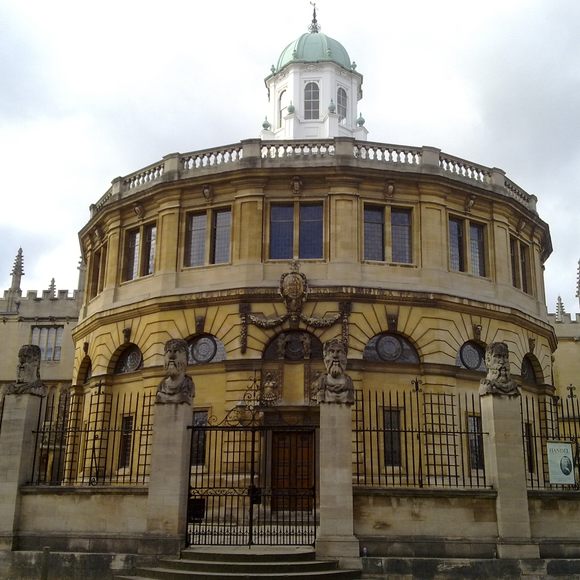

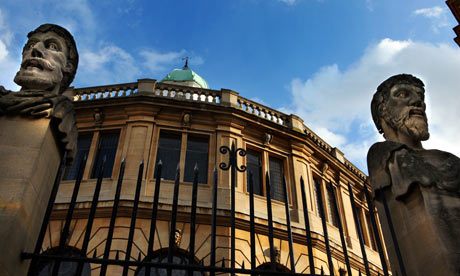
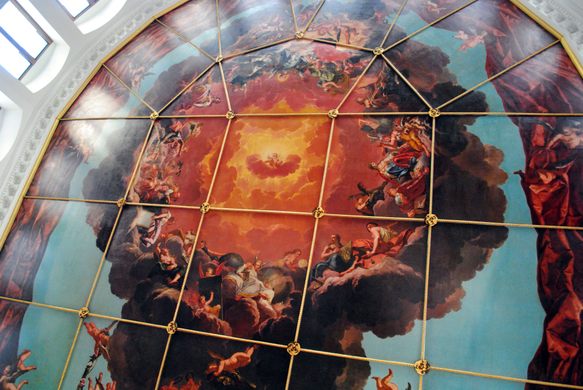
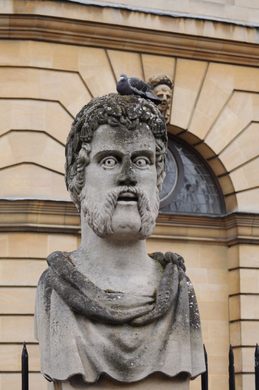
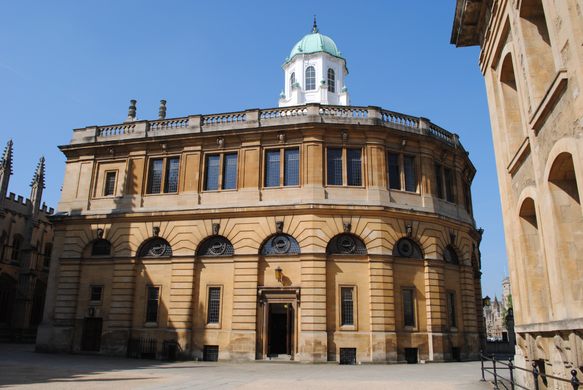


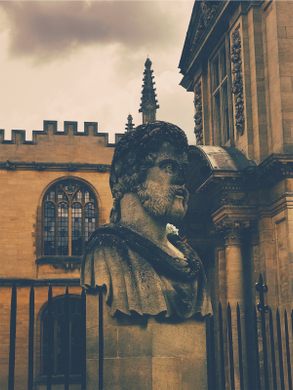











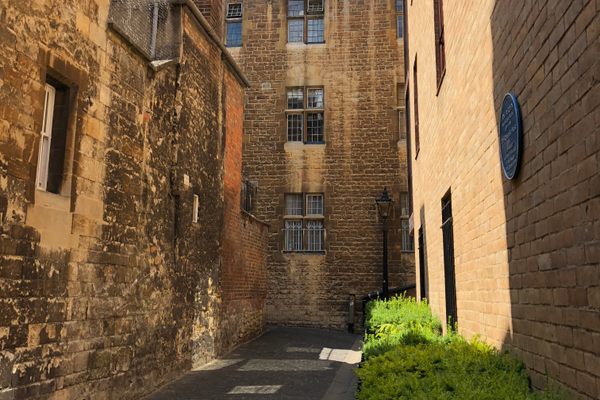



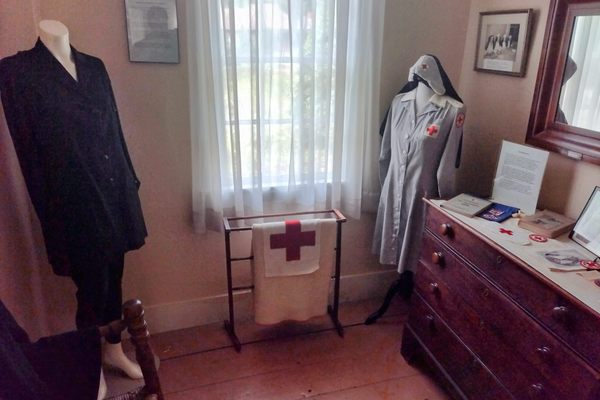

Follow us on Twitter to get the latest on the world's hidden wonders.
Like us on Facebook to get the latest on the world's hidden wonders.
Follow us on Twitter Like us on Facebook